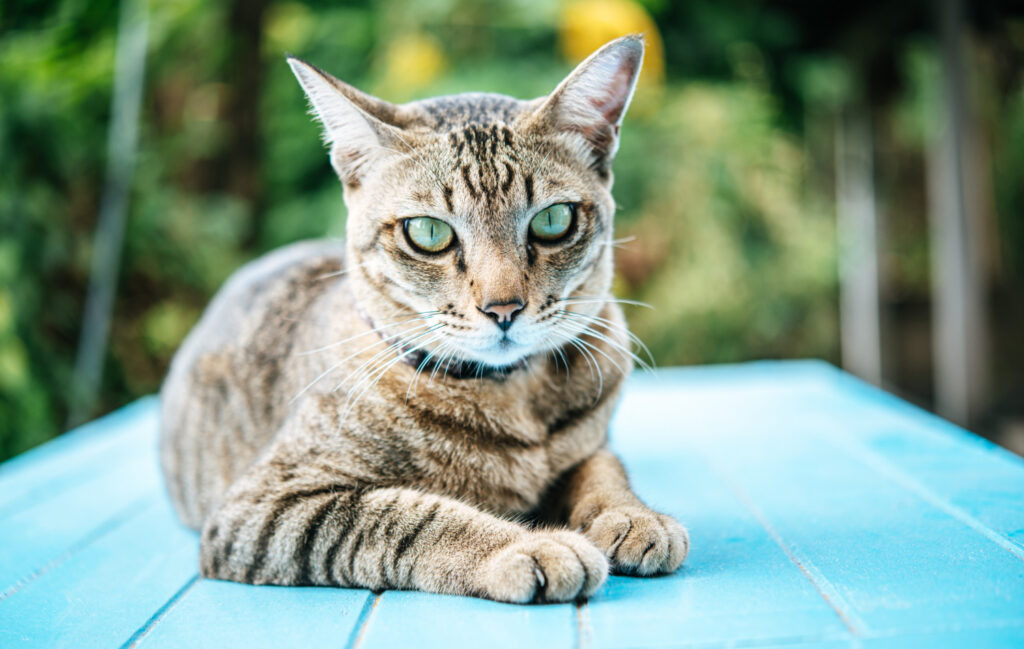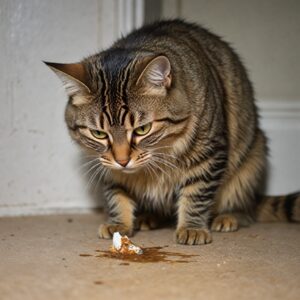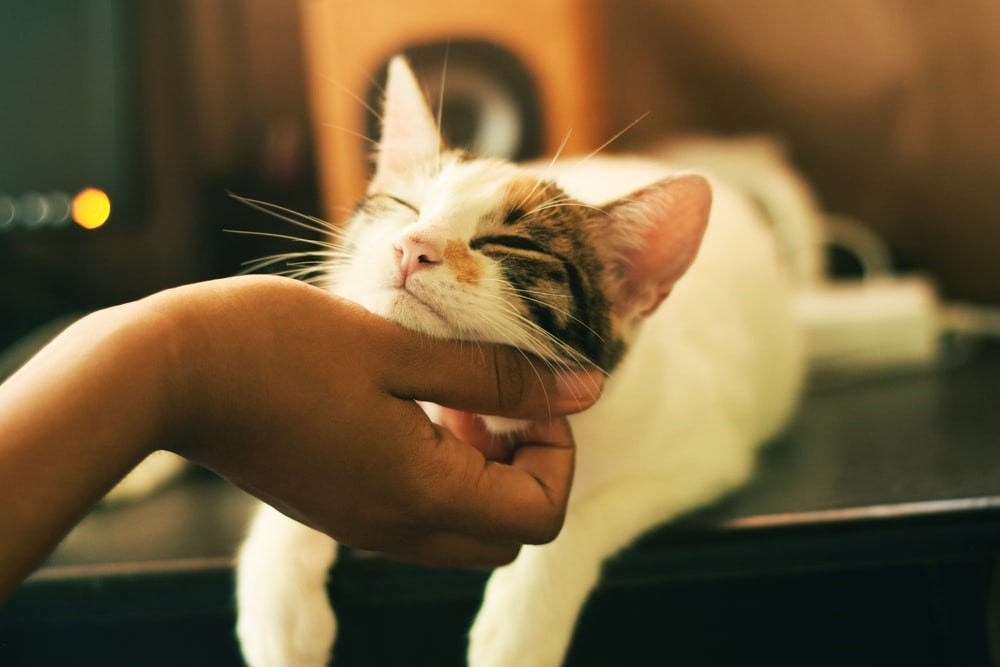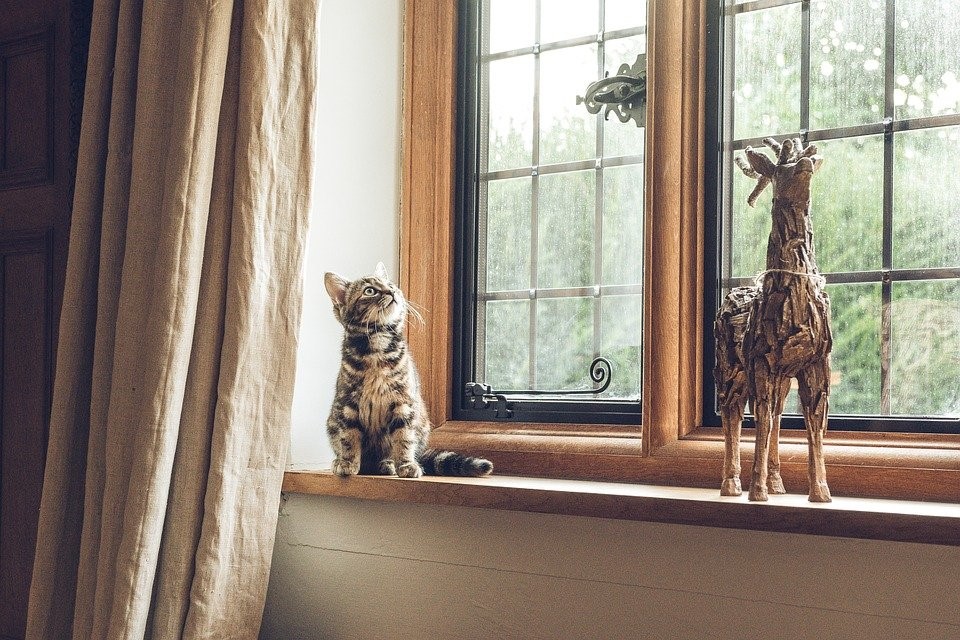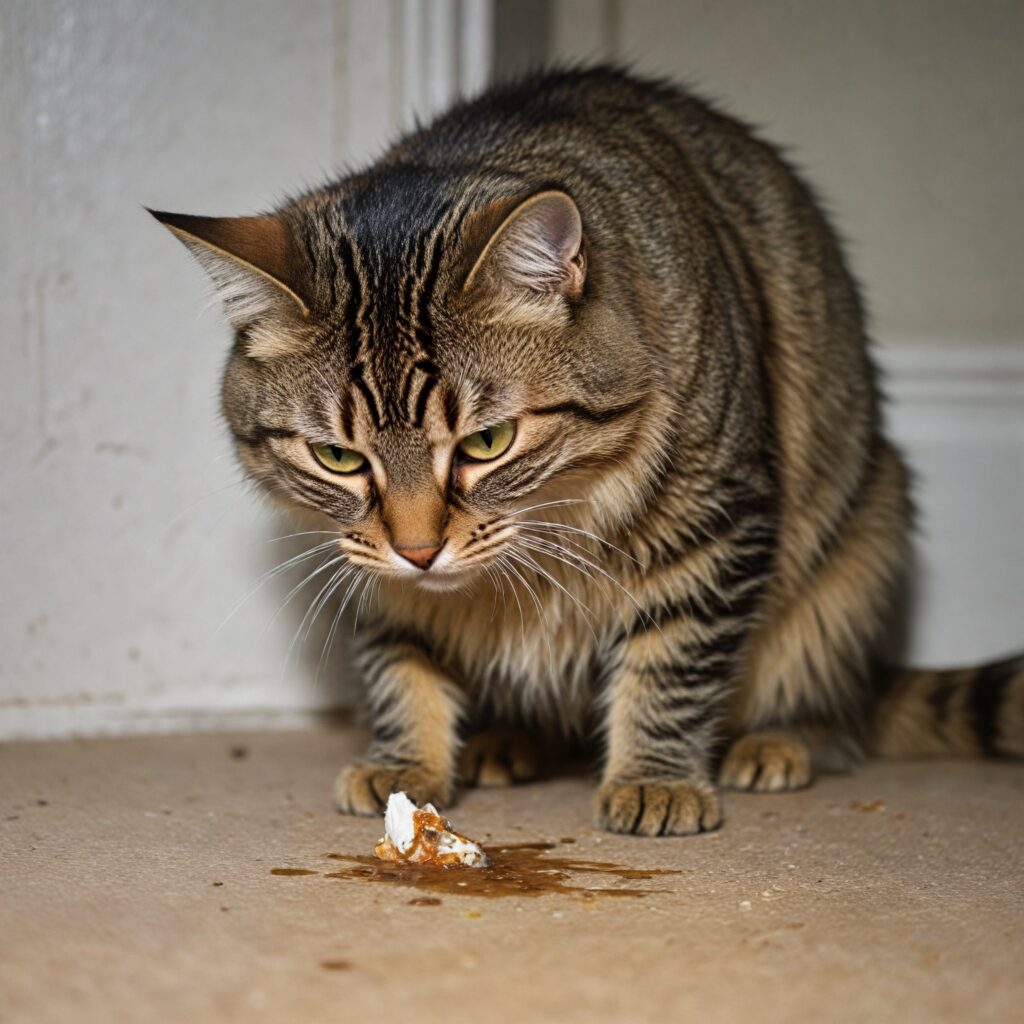According to the American Veterinary Dental Society, approximately 70% of 3 years old cats may get an oral disease. As cats get older, most of them lose their teeth due to various types of gum diseases. Cats may lose multiple teeth in severe cases. During this time, cats can still eat dry food.
Unlike dogs, cats don’t show clear signs of dental diseases. You should examine your cat’s mouth frequently to know about any missing teeth because it affects the cat’s daily life. In such cases, it is crucial to know about the best method to feed your furry friend to ensure that she is receiving enough nutrients and calories to remain healthy.
What to feed a toothless cat?
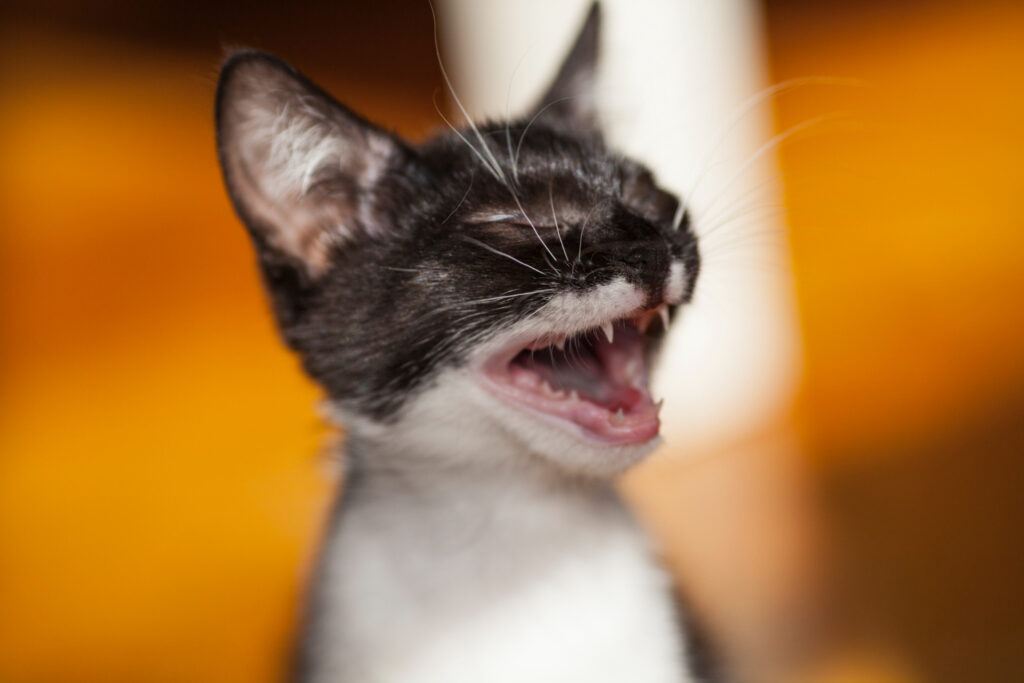
Dry food:
Cats can still eat dry food after losing their teeth. Cat’s need teeth to hunt and fight. Some cats having gum diseases avoid eating dry food due to pain. Cats are obligate carnivores; they need good quality meat. They can’t digest vegetables. Such cats should be offered tuna and home-prepared food so that they can eat it easily.
Wet food:
Cats with no teeth can eat dry food easily, but they lose interest in food gradually. They can’t chew the food that leads to several gastrointestinal issues and vomiting. You should crush the food before feeding your cat. You can mix the liquid with dry food to soften it.
What are the best foods for a cat with no teeth?
- Crush the dry food entirely or soak the regular food in a small amount of water or broth to soften it. If your cat finds its regular food appetizing, there is no need to change this food completely.
- Cooked meat, including tuna and chicken, can be offered in small pieces.
- You can also witch your cat to canned foods that have already been softened. Various types of canned soft foods are available in several flavors, such as soft, small flakes of meat, soups, pate, and terrines, etc. Such foods can be licked easily and don’t need to be chewed as well as it contains all the required calories and nutrients to stay healthy.
- If you want to switch your cat from dry food entirely, do it gradually to avoid any type of digestive problem. Do this by mixing your cat’s regular softened food with canned food, steadily increasing the quantity of canned food while reducing the portion of regular dry food until you’ve got rid of the dry food altogether.
- If your cat’s gums are infected, it is painful to eat dry food. Mashing or blending the wet food makes it easier for your furry friend to swallow it.
- Try to prepare your cat’s food at home rather than purchasing commercial cat food. Mixing different things, such as boiled or scrambled eggs, low sodium broth, steamed carrots, and cooked chicken, makes a healthy meal that will be delicious for your furry friend.
- Make sure to mesh well and chop the ingredient entirely so that your cat doesn’t have to chew it.
- You can also serve various types of treats of different tastes. Such treats help the cats to receive enough calories to maintain their health.
- Cats with gum problems may get dehydrated quickly due to less intake of food and water. So, make sure that your cat has access to water all the time. Pay attention to these gum problems and make sure that your cat is eating and drinking even in a small portion frequently.
What are the symptoms of oral diseases in cats?
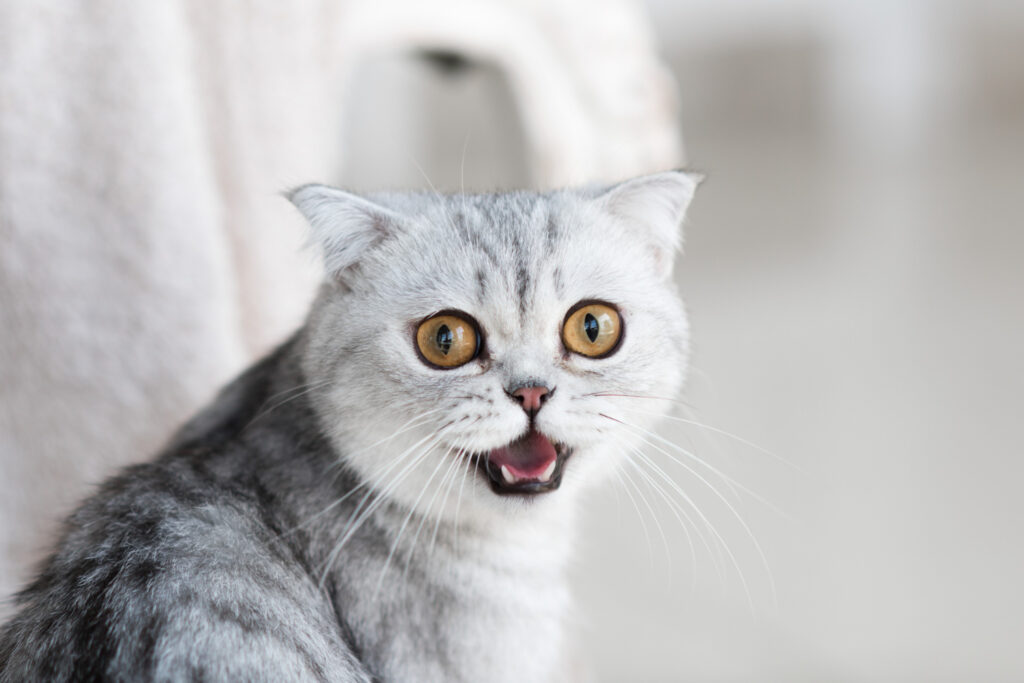
Following symptoms can be observed in cats having gingivitis or inflammation of gums:
- Loss of appetite
- Bad breath
- Excessive licking
- Difficulty in eating
- Pawing at the face
- Lesion in mouth
- Stomach upsets
- Persistent drooling
- Bleeding or swollen gums
- Loose or missing teeth
- Yellow deposition on teeth
If any of these symptoms are observed, visit your veterinarian immediately. Complete cleaning of the teeth is required to remove the tartar to inhibit any irreversible damage. In such cases, some teeth are also removed to stop the infection. Your veterinarian can recommend the best possible treatment.
How to take care of cat’s teeth?
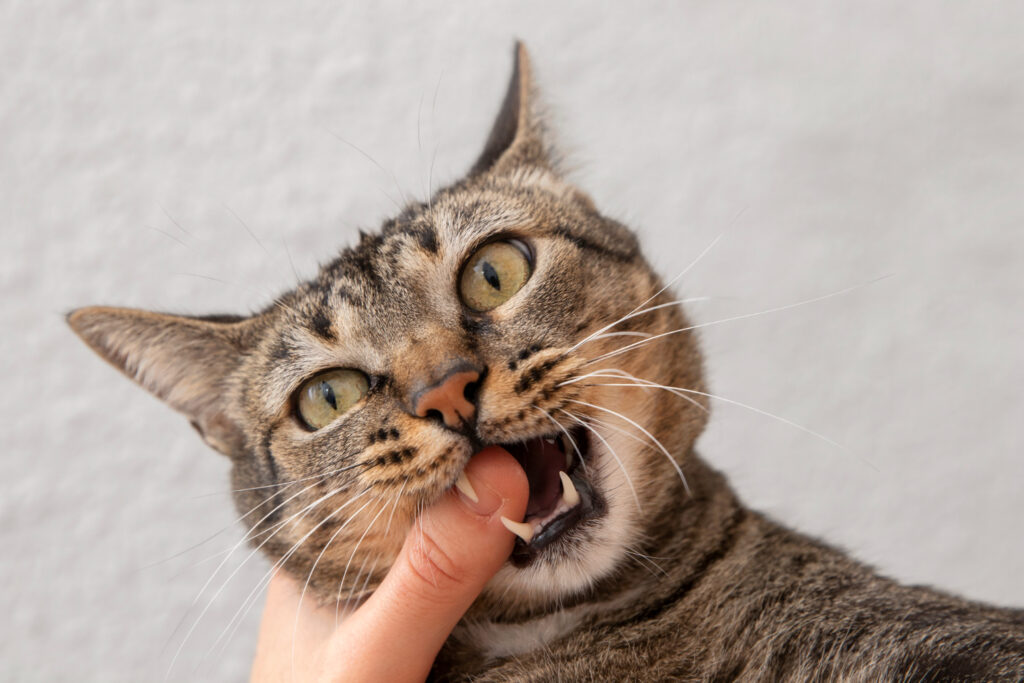
Dental hygiene is the primary cause of losing teeth in cats. Most of the time, the infection of the gums remains untreated that spread to the sinuses, nasal passage, and ultimately to the lungs. In such cases, you should visit your veterinarian for proper examination and treatment. Cat having gum infection needs multiple shots from the veterinarian one to three times per month. These include pain relief, cortisone injections, and antibiotic therapy.
Cats groom themselves with the help of their teeth and tongue. Front teeth are used to remove ticks and fleas and matted fur, etc. Therefore, it becomes difficult for a cat to groom itself. In such cases, they need special attention, so the owner should keep an eye on his cat to assist in grooming.
For gat having gum infections, it is painful to eat dry food. It is best to crush the food and mix it with broth. You may also offer your cat meat-based baby food. If your toothless cat has healthy gums, it can eat canned food or dry food. You can also serve your cat a homemade cooked hamburger or chicken.
How to prevent the dental problem?
It is always advised that prevention is far better than cure. Therefore, you should follow a proper dental plan for your furry friend to decrease any risks of dental diseases.
- Brush your cat’s teeth every day to prevent any plaque. Giving a chicken or tuna broth by your finger may assist you in this process. Take soft toothbrush and toothpaste designed only for cats. Never use toothbrushes and toothpaste formulated for humans. It may be toxic for them.
- Visit your veterinarian annually for tooth cleaning and proper examination of teeth and gums. He may recommend a unique dental formula of solid food to remove the plaque from teeth.
